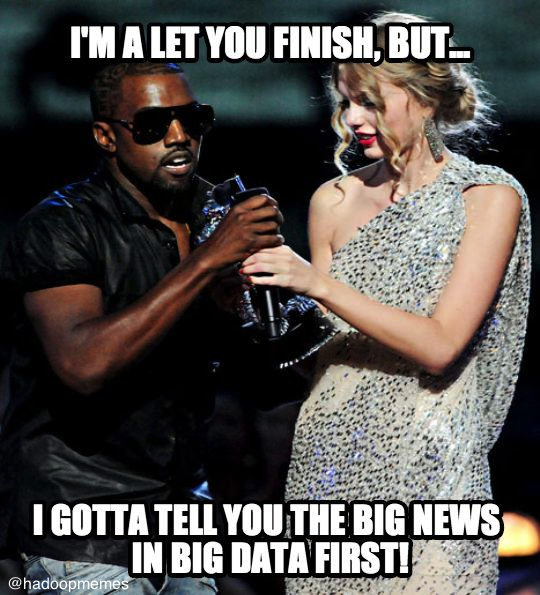In a world where everywhere
you go you are surrounded by music, it’s no question that the Big Data must
play some sort of role. Whether you listen to Spotify or Pandora at work or in the
car, or Shazamming a song when you’re in a store, the songs downloaded or
searched online is plays a part in affecting what songs are marketed, sold, and
even become popular.
The Charts
Think of that really annoying
song on the radio. You flip through a few different stations and they’re all
playing the same song. Who decides which songs become popular or would fit into
the playlist Pandora had compiled for you? Big data and data science play a big
role in this. Businesses are increasingly turning to analytics and big data to
help access the information of which artists might be easier for record
companies to market. One chart in particular that gauges the exposure of a
recording is the Billboard Hot 100.
Pandora
“The Musical Genome, the algorithm behind Pandora, sifts through 450 pieces of
information about the sound of a recording. For example, a song might feature
the drums as being one of the loudest components of the sound, compared to
other features of the recording” (theconversation.com). Pandora uses the information
they collect to help listeners find music that is comparable in sound to what they
have liked to listen to in the past.
Shazam
The data in which Shazam uses comes from which percentage of songs in a
certain genre are the most popular. The way the app works is by the user
hearing a song and putting their phone towards the speaker. The app takes a characteristic
from the audio and lists the artist, title and album. “The listening habits of Shazam’s 120
million active users can
be viewed in real time, by geographic location. The music industry now can
learn how many people, when they heard a particular song, wanted to know the
name of the singer and artist. It gives real-time data that can shape decisions
about how – and to whom – songs are marketed, using the preferences of the
listeners” (theconversation.com).
 Spotify
Spotify
Spotify is a company driven by
data, in the sense that data is used in nearly every part of the business. Because
Spotify’s “discovery” page looks similar to something one would see on
Pinterest, it has drastically proven positive user feedback. The recommendations
featured go through algorithms to make sure content provided is what the consumer
would be interested in hearing. Back in 2013, Spotify used their data to
predict the Grammy Award winners. “Spotify
did this by breaking down its users’ listening habit, taking into account song
and album streaming, to determine the popularity of the music. In the end, 4 out of the 6 predictions made by Spotify
turned out correctly” (datafloq.com).
The more data that a company uses to help give
consumers recommendations and even better predictions, the more payouts there
will be to the rights holders in the music industry. Spotify specifically was
able to change the music industry through their tremendous attention to detail
in big data. When you think about it, it is truly incredible how accurate the
algorithms are in selecting music to your taste. Personally, I rely a lot on
preselected playlists conjured by Spotify than creating my own. Through this I
am also introduced to new music that I would have never discovered. Thousands of
current artists have become ‘mainstream’ because of the playlists Pandora,
Spotify, or Shazam created.
Read the articles here:




